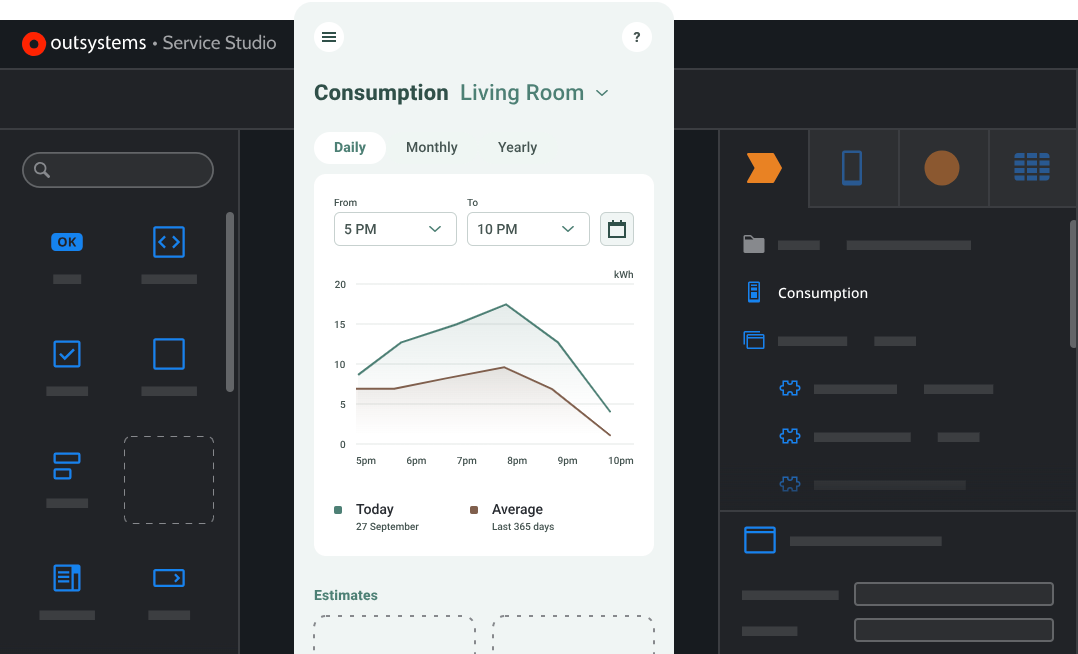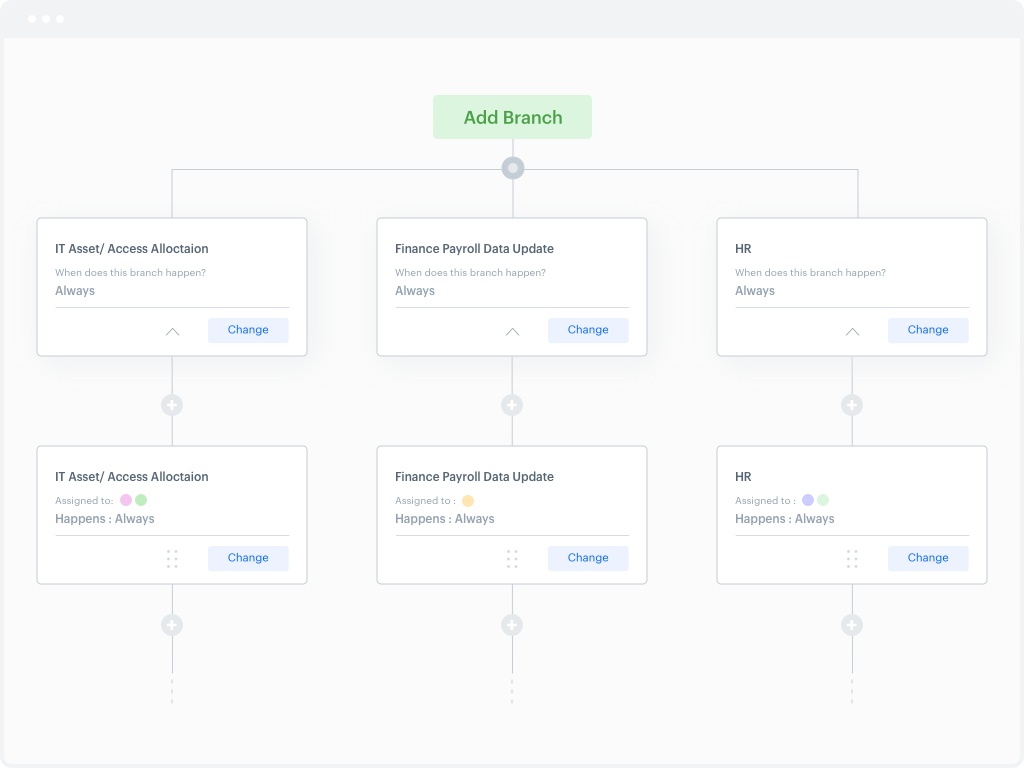The world runs on apps — and not just the ones on our phones. Apps, short for software applications, are the building blocks that keep businesses productive and efficient.
Businesses can use apps that are tailored to their specific needs to automate workflows and streamline communication.
Tracking and managing daily business processes is a lot easier when you have apps that do most of the heavy lifting for you. Though it takes time to set them up, most are very low maintenance, only requiring a few tweaks to keep them running.
Two great tools for building apps to run your business are OutSystems and Kissflow. Both are popular in the business world, but which should you choose? Let’s look at some of the factors to consider when comparing OutSystems vs Kissflow.
OutSystems overview
This platform allows users to build their own applications through a visual interface. These apps can help organizations with process automation, case management, customer experience, workplace innovation, and field services. With them, organizations can gather information from a wide variety of audiences or from within the organization itself.
As a low-code platform, OutSystems empowers users to build their own workflows, including audit trails and process analysis tools. In addition, it connects to more than 400 other apps, so you can easily connect to other systems you use, including Salesforce and PayPal.
Several high-profile organizations trust the Boston-based company, including Honda, Volkswagen, Humana, and Warner Bros.
Kissflow overview
Highly ranked on lists of business software, Kissflow offers features that allow business owners to create customized apps and workflows to help make their operations run smoothly. Kissflow requires no prior coding knowledge to use, eliminating the need for IT support to build apps and putting power directly in your managers’ hands.
Kissflow emphasizes simplicity as its top value, and its specialized software specifically addresses human resources, procurement, and project management. Its cloud-based workspace unites these work processes. And Kissflow offers a variety of workflow and form templates to quickly automate approvals.
The company, based in India, boasts 10,000 customers, including Pepsi, Casio, and Domino’s.
Costs: OutSystems vs Kissflow
OutSystems has three pricing tiers, starting with a free Single app plan that offers a 2 GB database for 100 users. The next level is Multiple apps plan for $1,513 a month, which includes a development platform with automation capabilities. The Large app portfolio plan offers all OutSystems features, plus 24-7 support and no limit on the number of users, at a customized price.
After getting to know Kissflow in a free trial, businesses can choose from among two plans. The Basic plan is $1,500 per user per month with limited features. The Advanced plan has custom pricing and offers all the features of Kissflow including data modelling, composite apps with external data and intelligent document processing.
Ease of use: OutSystems vs Kissflow
OutSystems targets the software business sector, especially businesses that want to build apps, so those in other industries may find that it doesn’t quite suit their needs. Because OutSystems is a low-code, rather than no-code, platform, there may be a steep learning curve when learning to use the system. Unless you hire a coder — or know some code yourself — it may be more difficult to start making OutSystems work for you.
At the same time, even those not involved in development can use OutSystems’ visual Workflow Builder to automate manual processes that are easy for anyone to follow. Artificial intelligence can help build apps as well.
On the other hand, Kissflow gives all kinds of users the power to create their own workflows. Starting with private or public forms, Kissflow offers a visual interface to build workflows and add conditional logic — without any code.
Specialized, cloud-based human resources and procurement features speed up these processes as well. Kissflow allows you to save your processes and workflows as apps and create new ones so you can customize processes as much as you want.
Integrations: OutSystems vs Kissflow
Both Kissflow and OutSystems integrate with a variety of database servers to make work even easier, such as Oracle, MySQL, SQL Server, and Db2. OutSystems also includes application programming interfaces (APIs) that allow users to connect to various programs.
Those looking for more flexibility can use Workato to connect OutSystems to more than 1,000 programs, such as HubSpot, Slack, Salesforce, Airtable, Google Calendar, and Microsoft SharePoint.
Kissflow integrates with more than 1,000 business apps, such as Salesforce, Docusign, Google Workspace, Dropbox, and QuickBooks, uniting most business software in one place. You can also use Zapier with Kissflow to connect to even more software. These integrations seamlessly become part of your workflows through scheduled triggers and communications.
Another option: Jotform Workflows
As you’ve probably guessed, another way to think about workflows is through forms. That’s why Jotform can be the perfect alternative to OutSystems or Kissflow.
Jotform lets you build your own forms from the ground up or choose from thousands of templates for nearly any business need, from purchase orders and job applications to time-off request forms. You can then put your forms into action with Jotform Workflows’ drag-and-drop interface, where you can build a workflow with conditional logic and parallel branches. You can also redesign or edit the forms and workflow anytime and take advantage of hundreds of integrations.
Plus, if you need a little help getting started, you can always use one of Jotform’s approval workflow templates for free.
Using technology to support and streamline your operations is a top business priority. Customize apps to do exactly what you need them to through OutSystems, Kissflow, or Jotform.
Photo by cottonbro studio
































Send Comment: